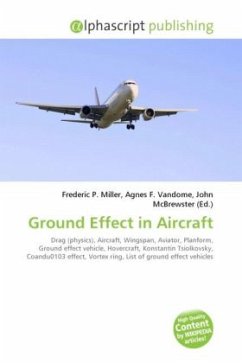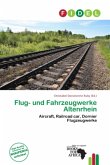Aircraft may be affected by a number of ground effects, aerodynamic effects due to a flying body's proximity to the ground. One of the most important of these effects is the Wing In Ground effect, which refers to the reduction in drag experienced by an aircraft as it approaches a height approximately equal to the aircraft's wingspan above ground or other level surface, such as the sea. The effect increases as the wing descends closer to the ground, with the most significant effects occurring at an altitude of one half the wingspan. It can present a hazard for inexperienced pilots who are not accustomed to correcting for it on their approach to landing, but it has also been used to effectively enhance the performance of certain kinds of aircraft whose planform has been adapted to take advantage of it, such as the Russian ekranoplans. The first to give scientific description of the ground effect and to provide theoretical methods of calculation of air cushion vehicles was Konstantin Tsiolkovsky in his 1927 paper "Air Resistance and the Express Train".








